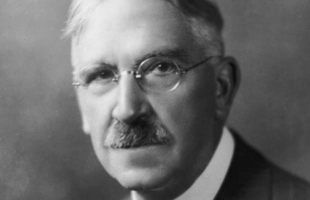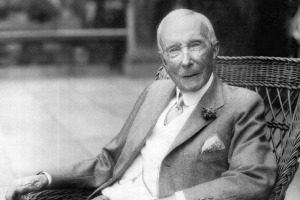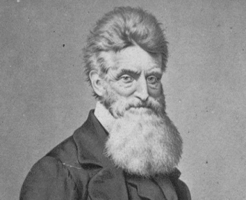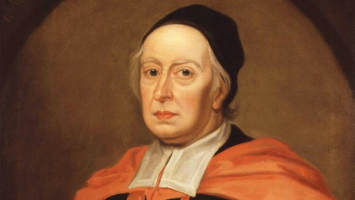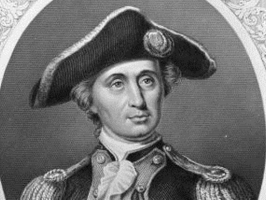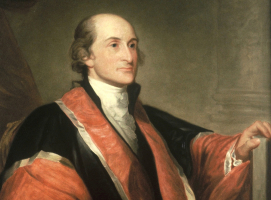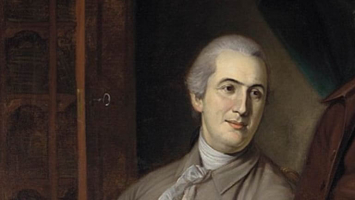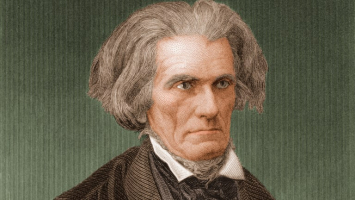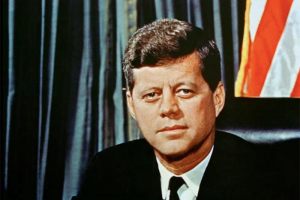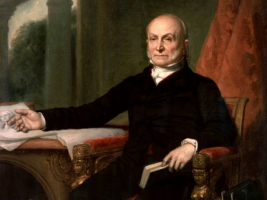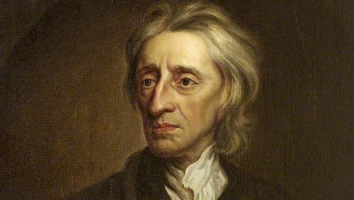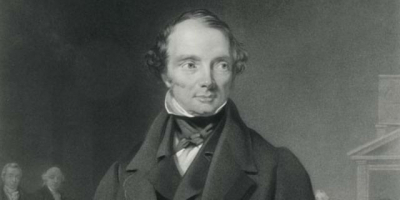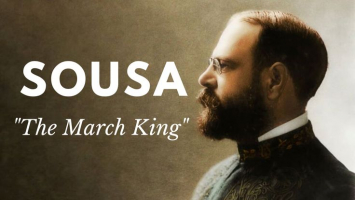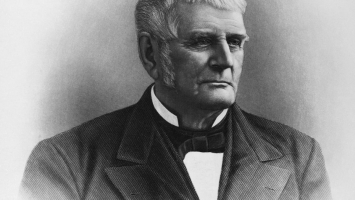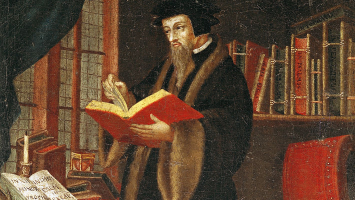Top 6 Interesting Facts About John Witherspoon
There are interesting facts about John Witherspoon that you may not know. Witherspoon is a very practical President and a multi-tasker. He toured the colonies, ... read more...recruiting capable students and raising money for the university to provide better equipment.
-
One of the interesting facts about John Witherspoon is that he did a lot to expand the university in New Jersey. While John Witherspoon worked as a pastor and took part in the War for Independence, he also put a lot of effort into enhancing and later rebuilding the College of New Jersey. An intriguing note is that this university later adopted the name Princeton.
Witherspoon was requested to take on the roles of president of the College of New Jersey and head of the Presbyterian church, which was the entire reason he came to America in the first place. After settling down, Witherspoon started working, adding philosophy, history, and public speaking to the college's curriculum. He gives his kids the chance to acquire French while simultaneously making sure they are all fluent in English. He wanted to be sure that his students were prepared to participate in the politics and arguments that were taking place at the time. James Madison, a future president, as well as governors, senators, and members of the supreme court, are among Witherspoon's accomplished alumni.
Witherspoon is a multi-tasker and a very pragmatic president. He visited the colonies in search of qualified students and raised funds so the university could upgrade its facilities. Along with conducting lessons and preaching twice on Sundays, Witherspoon also does administrative duties.
Witherspoon returned to the College of New Jersey to assist it to regain its previous glory during the Revolutionary War, which was raging for the College at the time. He will dedicate the remainder of his life to this endeavor.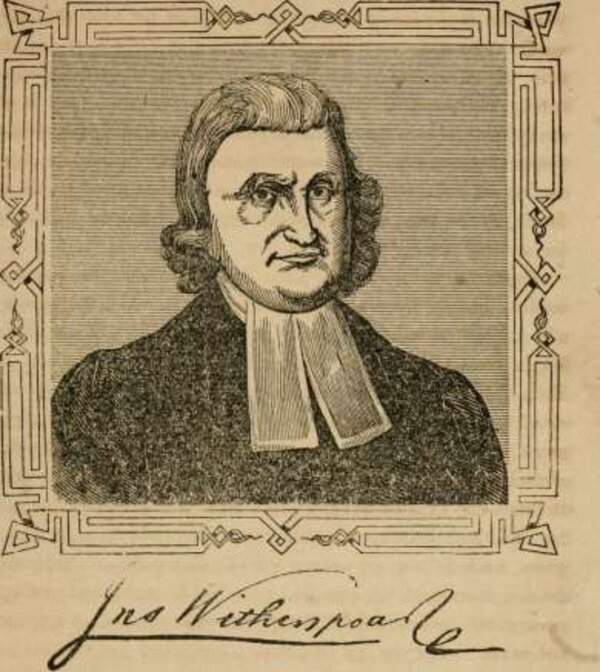
Photo: https://www.revolutionary-war-and-beyond.com/ 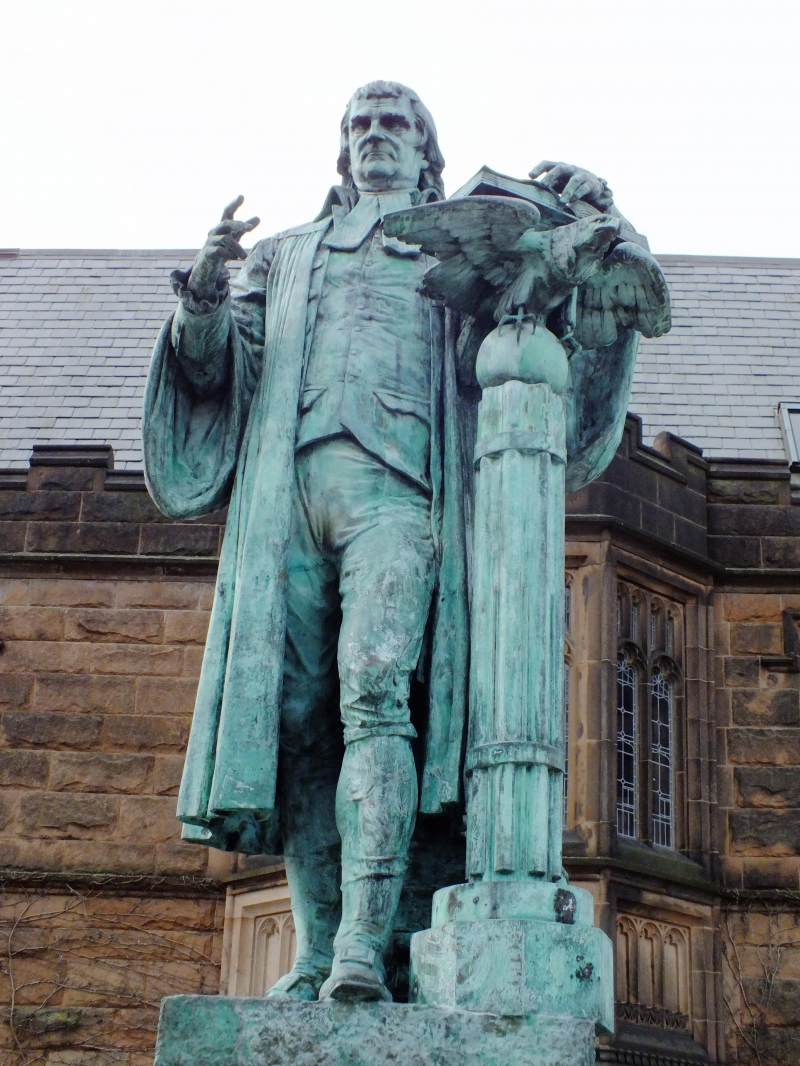
His statue is located at the University of New Jersey. - Photo: https://www.revolutionary-war-and-beyond.com/ -
As was previously mentioned, Witherspoon was an early proponent of America's involvement in the Revolutionary War. Witherspoon joined the New Jersey Correspondence and Safety Commission in early 1774 to promote the American Revolution. Witherspoon presided over the Somerset Correspondence Committee from 1775 to 1776. He was elected to the Continental Congress as a member of the New Jersey delegation, and his 1776 address, "The Dominion of Interest Over Men's Passions," was published in numerous versions.
He served as a representative of the Continental Congress from 1776 to 1779 and once more from 1780 to 1782. He was also a member of two different provincial assemblies. He was named a congressional lieutenant in the National Assembly and cast a vote in favor of passing the Virginia Resolution of Independence in July 1776. He typically said that the nation was "not only ripe for measures, but also at risk of rot for seeking it" in answer to criticisms that it wasn't yet ready for independence.
John Witherspoon's participation in the Articles of Confederation in the first person is an intriguing detail. American Constitution. To host the Continental Congress for four months while the official rooms were being rebuilt, he even opened one of his university's halls.
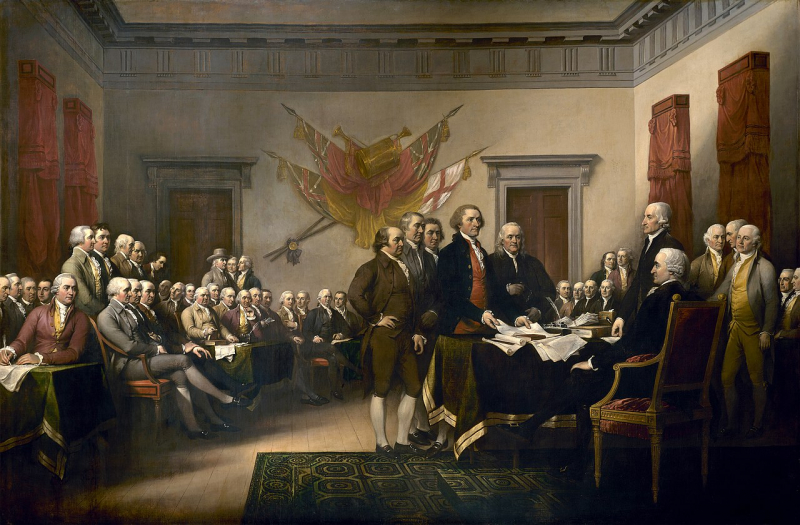
In Declaration of Independence by John Trumbull (1818), Witherspoon is the second seated figure from the (viewer's) right among those shown in the background facing the large table. - Photo: https://en.wikipedia.org/ 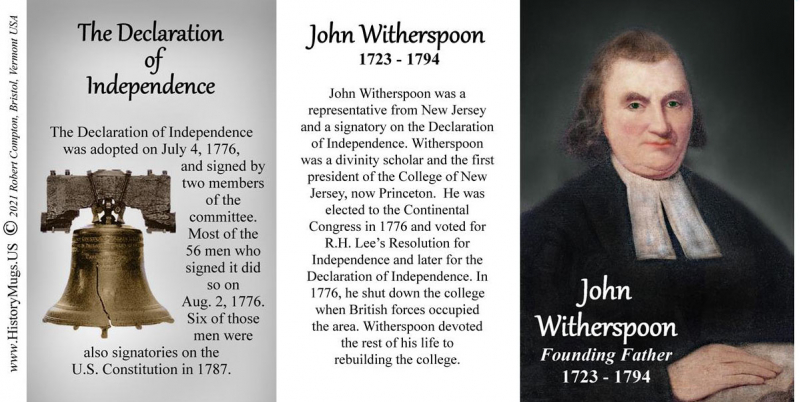
Photo: https://historymugs.us/ -
In Beith, Ayrshire (1745–1758), he was appointed pastor of the Church of Scotland (Presbyterian), where he also wed Elizabeth Montgomery of Craighouse. Five of their 10 children made it to adulthood.
John Witherspoon was able to defend his party, which wished to retain Church traditions, while he was still in Scotland by penning a stinging satire on the opposing side. The Church's Characteristics is the title of his pamphlet. In 1753, it was published. The pamphlet was initially released under an assumed name, but Witherspoon quickly rose to fame after it was revealed that he was the author.
Witherspoon implemented a number of innovations, such as the modeling of the curriculum and the university architecture that was later adopted by the University of Edinburgh and other Scottish universities. Witherspoon has personally instructed students in courses on divinity, historical chronology, and eloquence. However, moral philosophy is the most significant thing (a required course).
Before taking the position at Princeton, Witherspoon was a well-known Presbyterian evangelist in Scotland. Witherspoon rose to prominence in the early Presbyterian Church in America because he was a key figure in the school's primary function at the time training pastors. Pamphlets, essays, and lectures are only a few of the additional writings on political and theological subjects that Witherspoon left behind.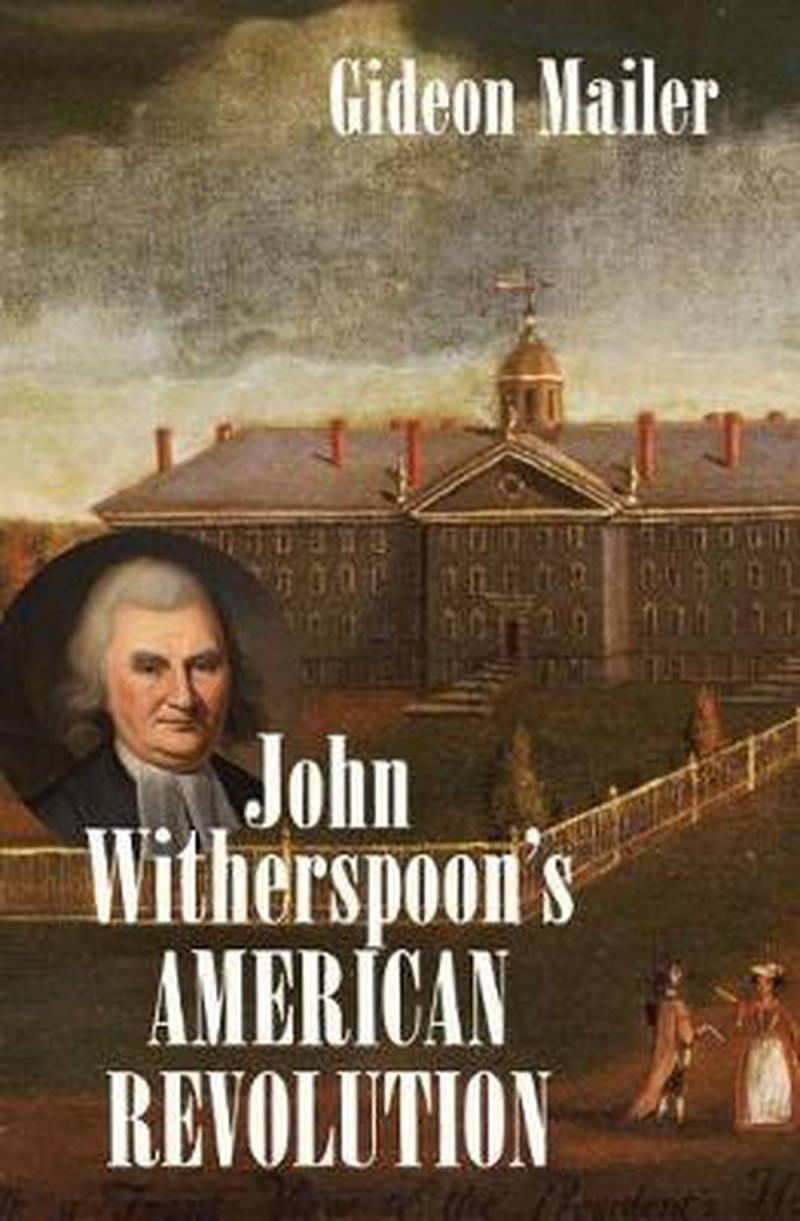
Photo: https://i.thenile.io/ 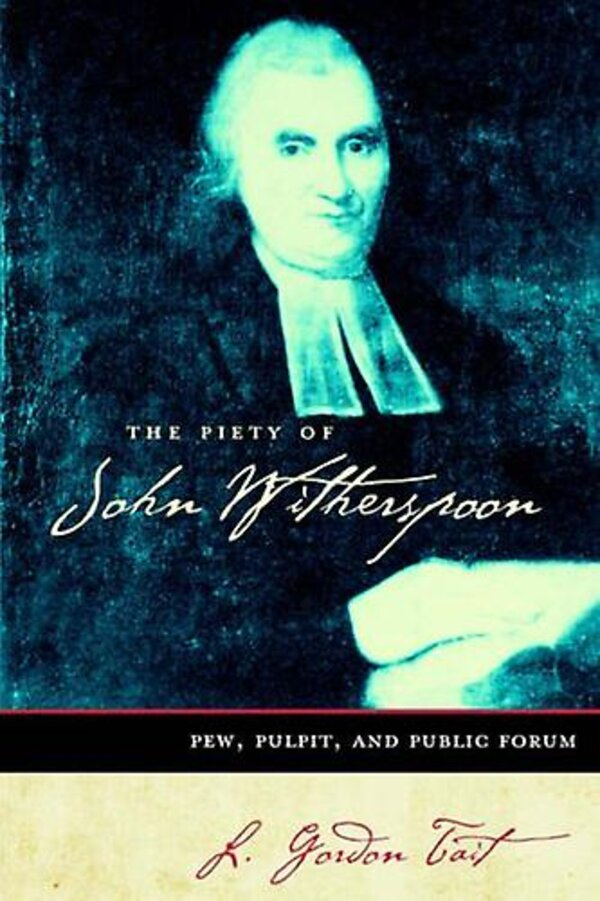
Photo: https://img.fruugo.com/ -
The eldest child of Pastor James Alexander Witherspoon and Anne Walker, a lineal descendant of John Welsh of Ayr and John Knox, John Witherspoon was born in Yester, Scotland. Despite its ancient beginnings, the latter theory regarding Knox's origin has been debunked for a long time and is poorly supported. He attended Haddington Grammar School and graduated from the University of Edinburgh with a Master of Arts degree in 1739. He stayed on campus to pursue his studies in divinity. He received an honorary degree from the University of St. Andrews in 1764 goes to theology.
Witherspoon is very bright and is considered quite tall for his age. At the age of 13, he was accepted into the University of Edinburgh in Scotland, one of the interesting facts about John Witherspoon. He studied Latin, Greek, Latin, and Logic there. He not only entered college early, but he also completed it in just three years. Witherspoon earned a Master of Arts degree at the age of 16. After completing his theological studies at the University of Edinburgh, he was granted a preaching license in 1743.
Finally, Witherspoon accepted their new invitation (rejected in 1766) to become president and Head Professor of the little Presbyterian College of New Jersey at Princeton at the persuasion of Benjamin Rush and Richard Stockton, whom he had met in Paisley. Witherspoon and his family moved to New Jersey as a result in 1768.
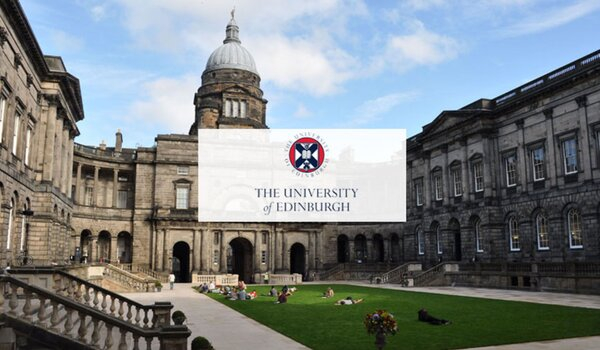
University of Edinburgh in Scotland, where John Witherspoon studied at the age of 13 - Photo: https://scholarship-positions.com/ 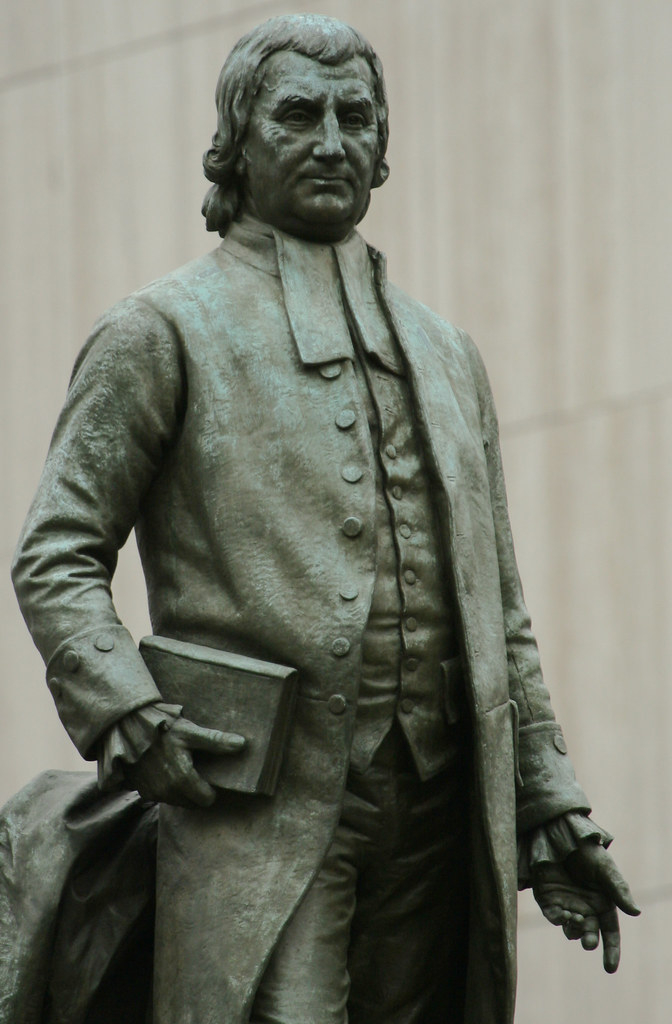
Statue of John Witherspoon - Photo: https://scholarship-positions.com/ -
Witherspoon was a pro-Republican, ardent Protestant, and nationalist. Thus, he was opposed to the Jacobite Roman Catholic Legalism that was arising in 1745–1746. He was briefly imprisoned at Doun Castle following the Jacobite's victory at the Battle of Falkirk, which had a long-lasting impact on his health.
Witherspoon defended the Popular party in Scotland, which preferred unions selecting their own ministers as opposed to letting the government do so. Charles Edward Stuart, however, invaded Scotland in the midst of that struggle in order to reunite Scotland and England under a single dominion, as had been the case under his grandfather, King James II. While organizing forces to repel the invasion with other religious leaders, Witherspoon was captured. John Witherspoon was imprisoned in Doune Castle and subjected to terrible treatment for defending his property.
He served as a minister of the Church of Scotland (Presbyterian) at Beith, Ayrshire (1745–1758) after being imprisoned for a while. There, he wed Elizabeth Montgomery of Craighouse. He served as the pastor of Laigh Kirk in Paisley from 1758 to 1768. (Low Kirk). Witherspoon became well-known in the Church as an ardent opponent of the centrist Party.
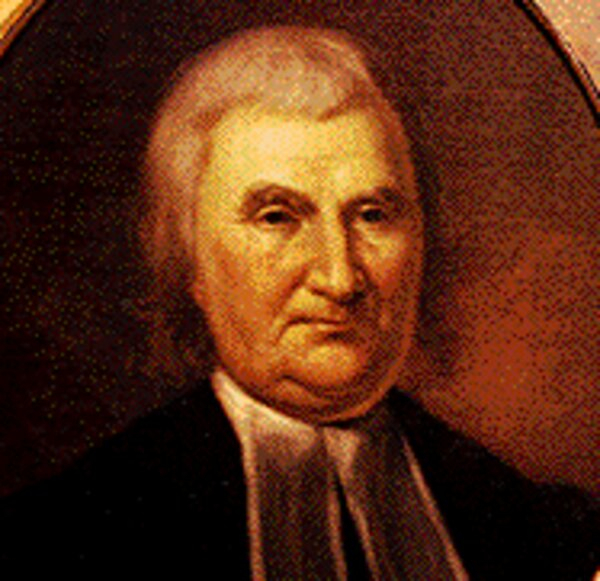
Photo: https://www.historycentral.com/ 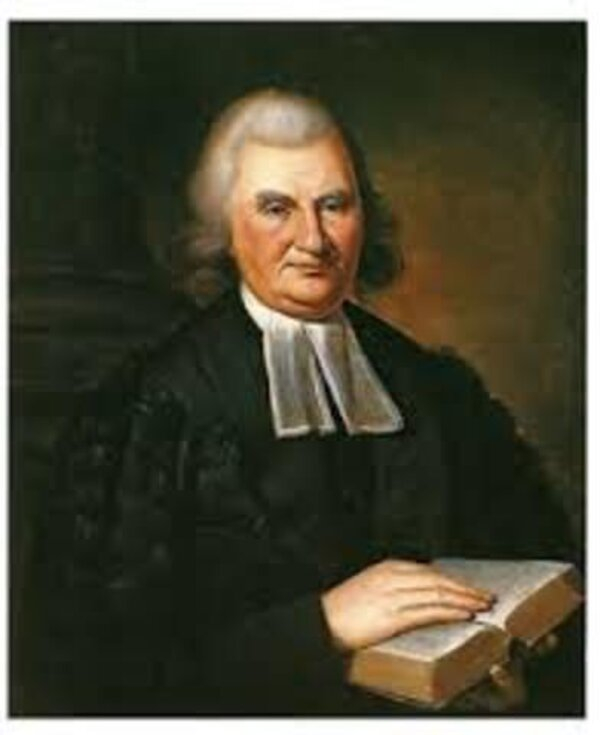
Photo: https://s3.amazonaws.com/ -
One of the interesting facts about John Witherspoon is that he had no intention of coming to America in the first place. It's difficult to believe that John Witherspoon hardly ever traveled over the Atlantic with all the contributions he has made to the young country of the United States. It's noteworthy to note that John Witherspoon's wife is hesitant to move across the ocean, leave their familiar surroundings, and begin a new life on a different continent. However, a University of New Jersey student who was studying in Edinburgh went to the Witherspoon residence to try and persuade the couple to reconsider. The student spent a few days with the Witherspoons and confided her anxieties to Mrs. Witherspoon.
John Witherspoon traveled across the Atlantic at the age of 45, carrying 300 books, to take the helm as the sixth President of the College of New Jersey. He was elected as the institution's sixth president, leading it to become Princeton University. When Witherspoon arrived, he discovered that the school was in debt, had a subpar curriculum, and had an inadequate library collection.
He started doing local and domestic fundraising right once, adding 300 of his own books to the library, and starting to buy scientific tools like the Rittenhouse wreckage, numerous maps, and a globe terrestrial bridge. Witherspoon implemented a number of innovations, such as the modeling of the curriculum and the university architecture that was later adopted by the University of Edinburgh and other Scottish universities. In order to assist the institution to compete with Harvard and Yale for scholars, he significantly tightened the admittance standards
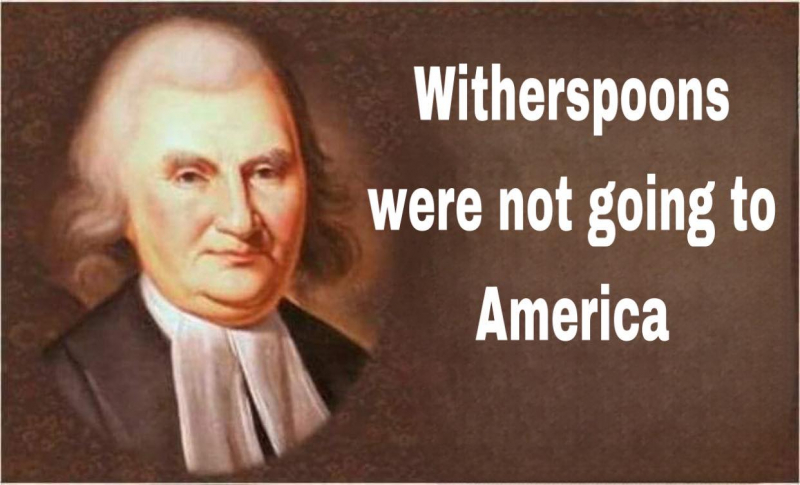
Photo: https://i.pinimg.com/ Source: Grandpa and Grandma Owen'a Youtube Chanel










